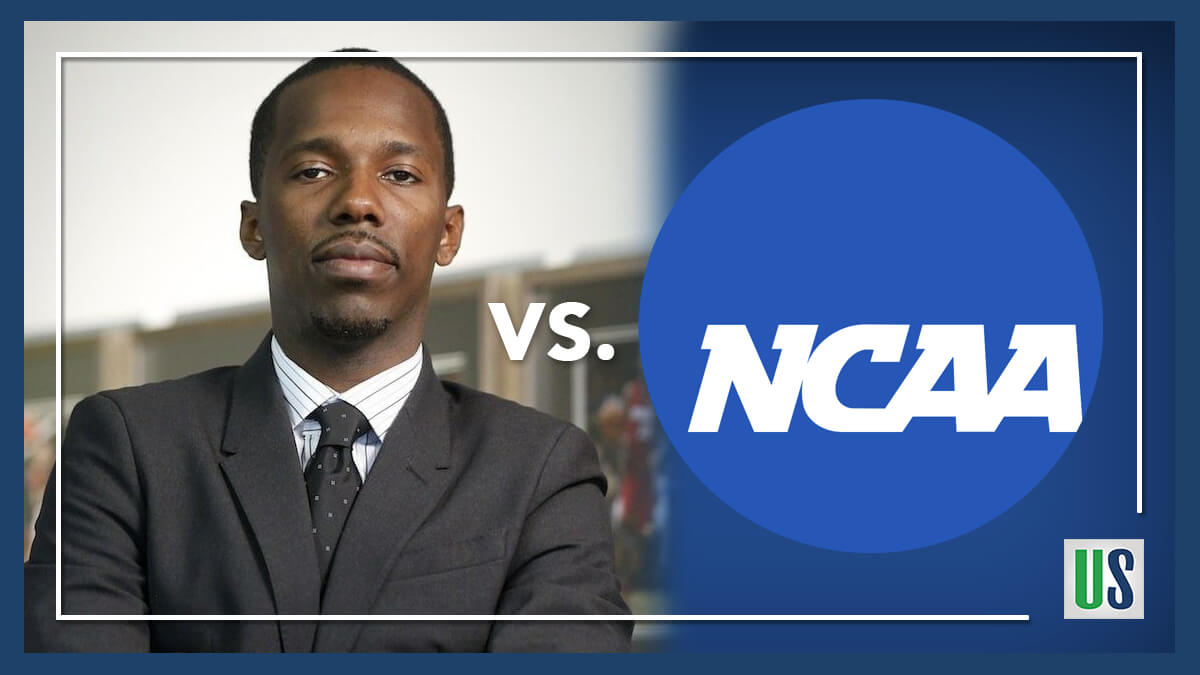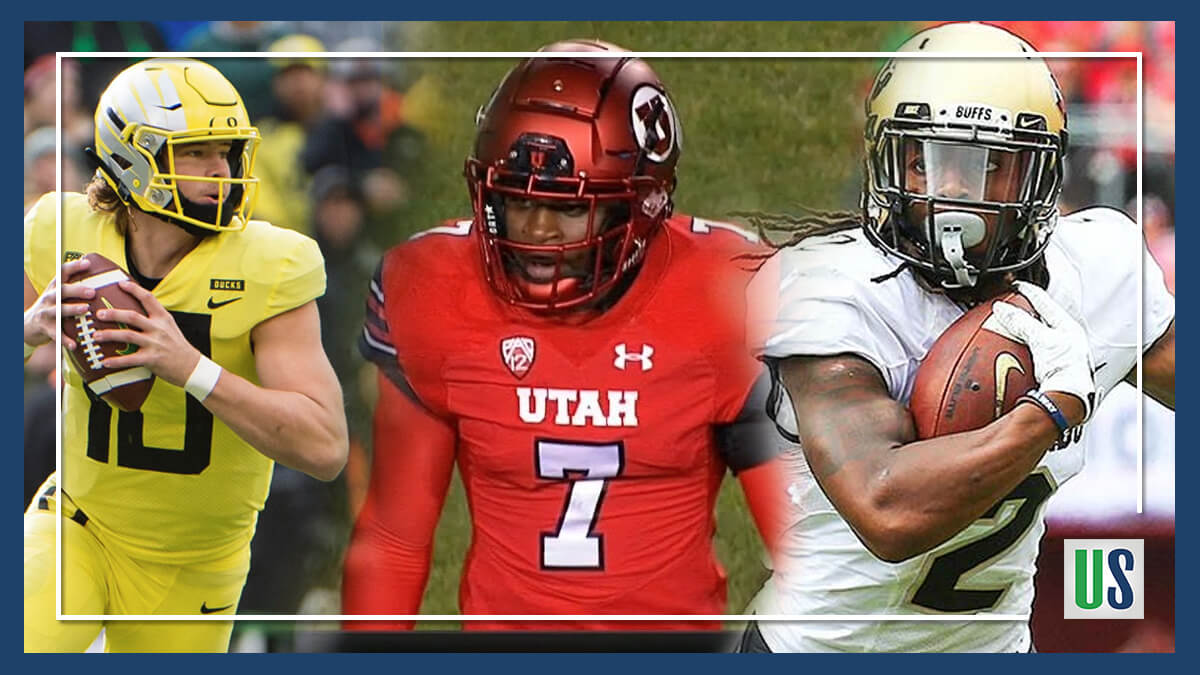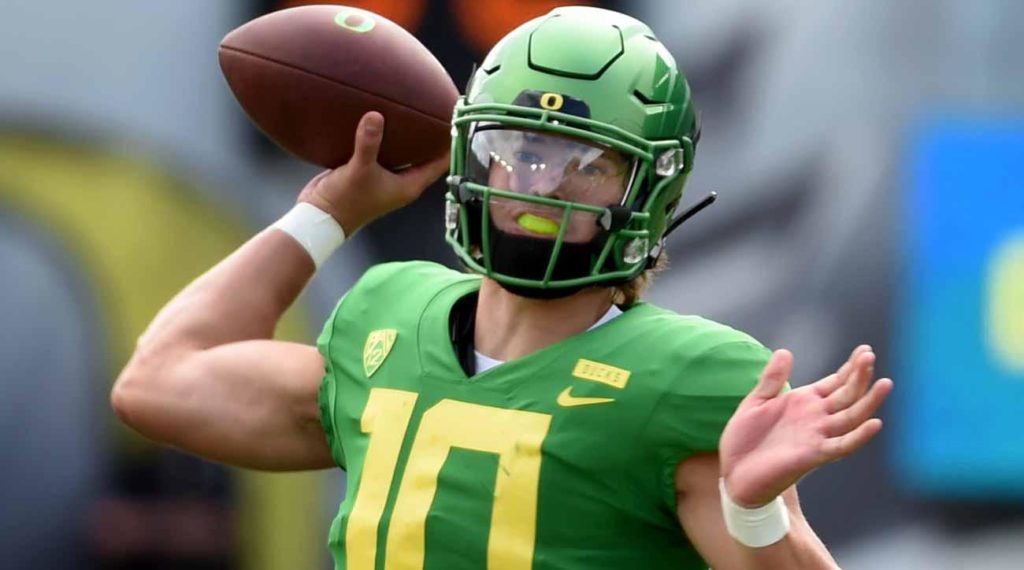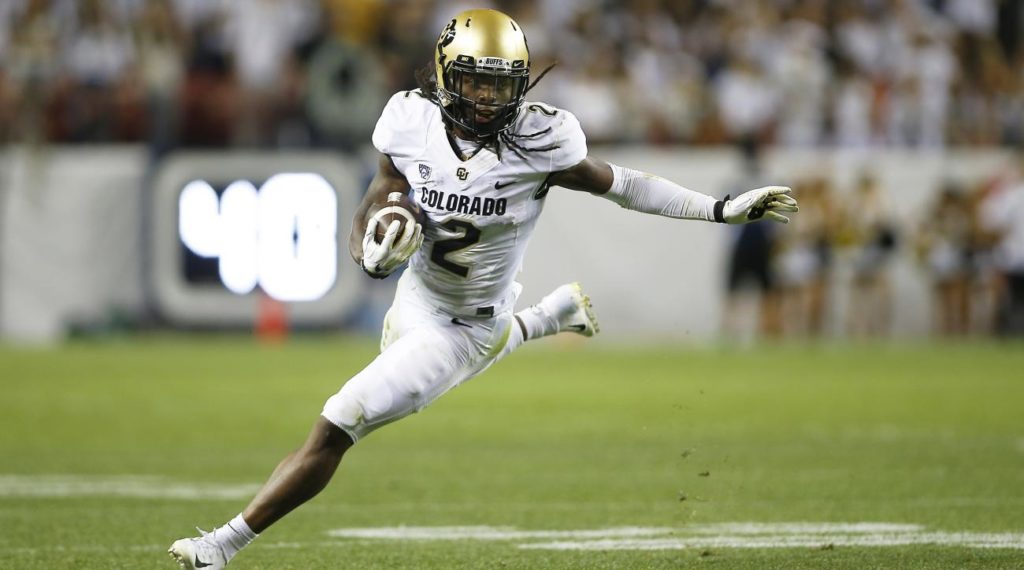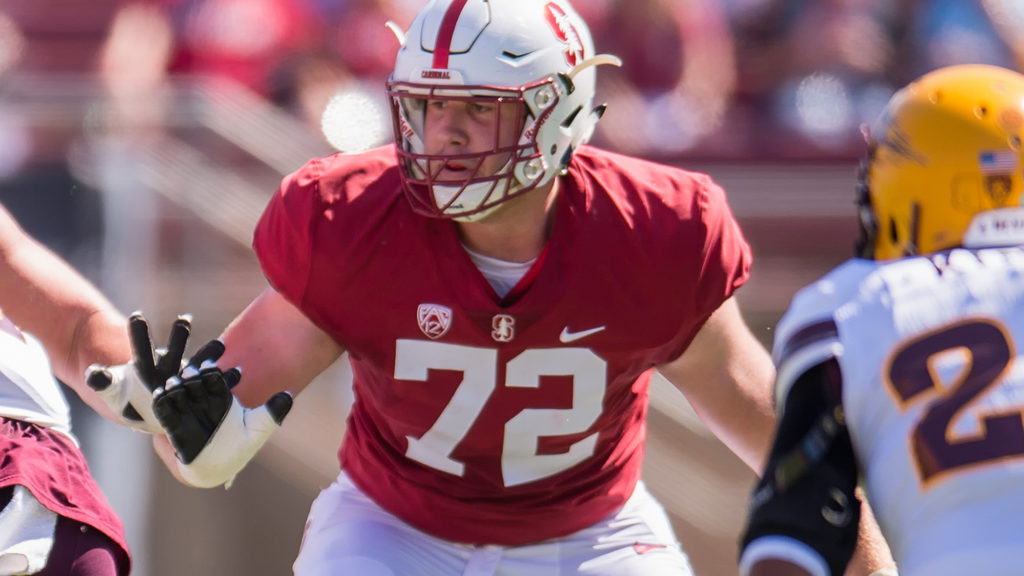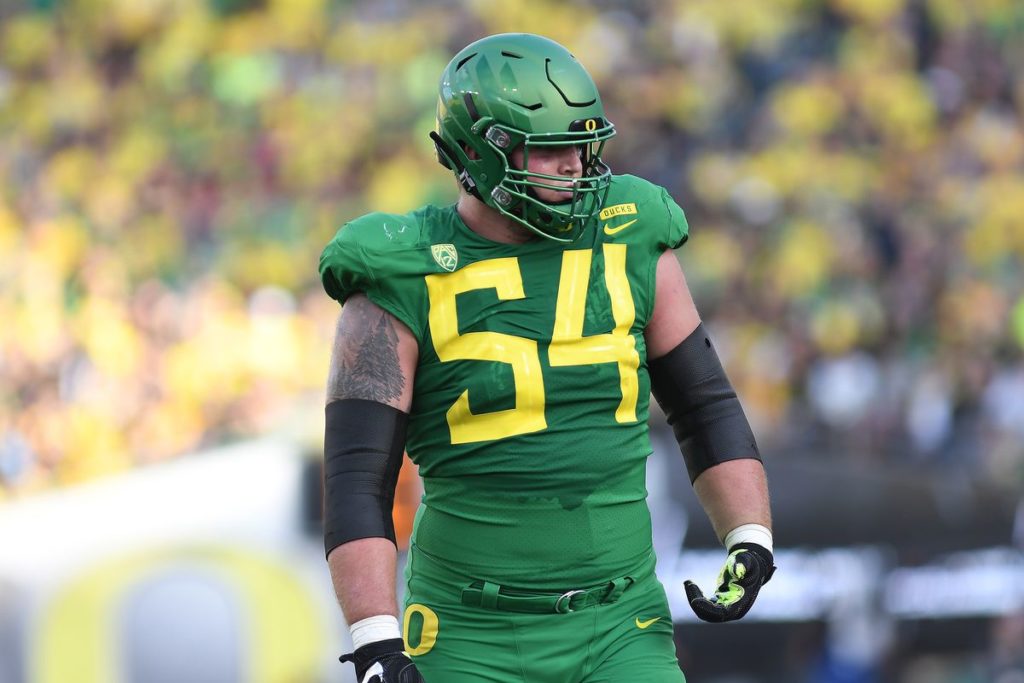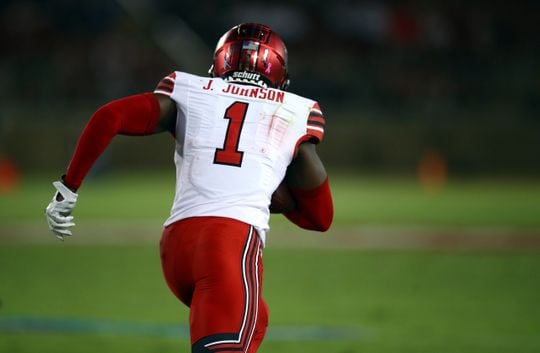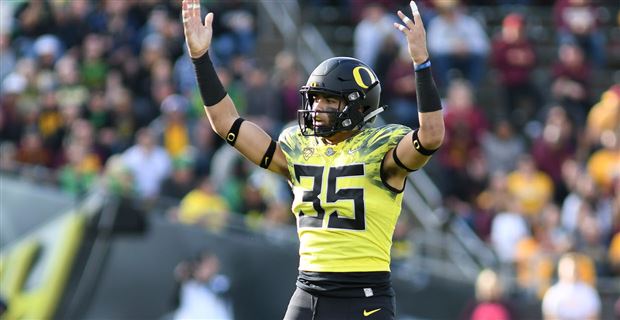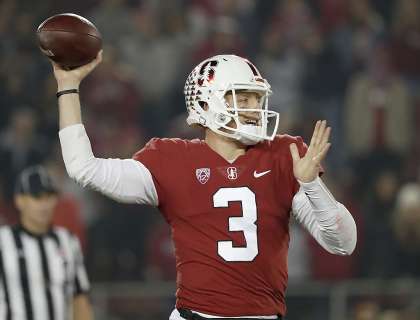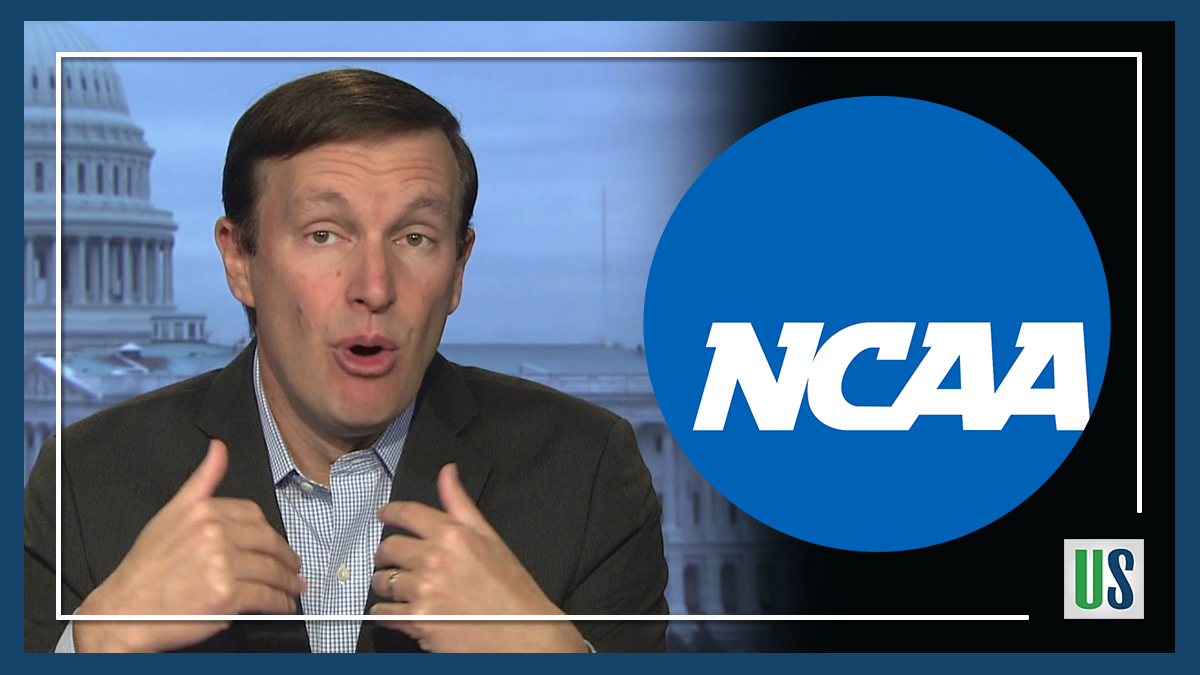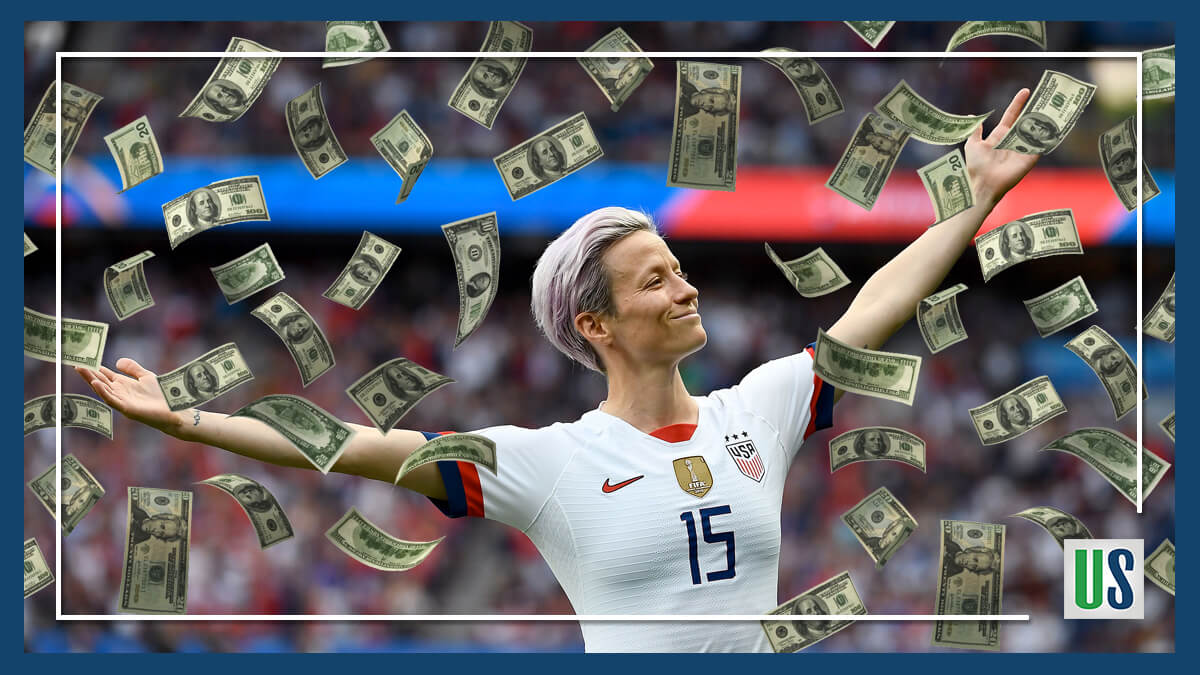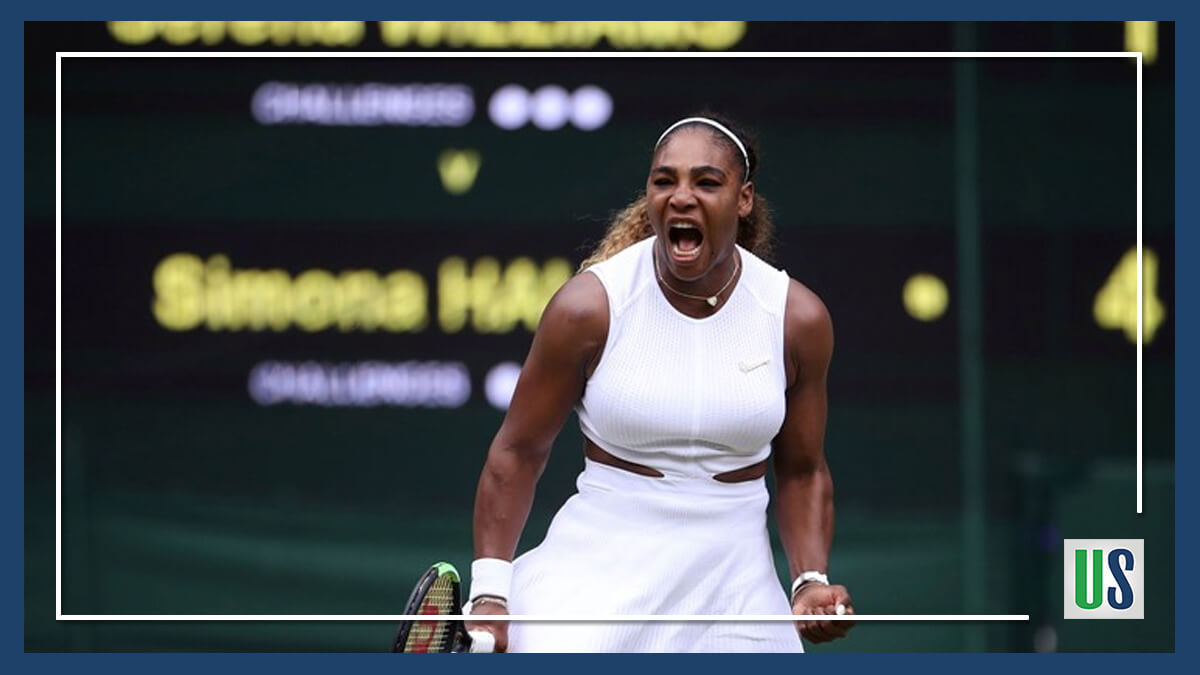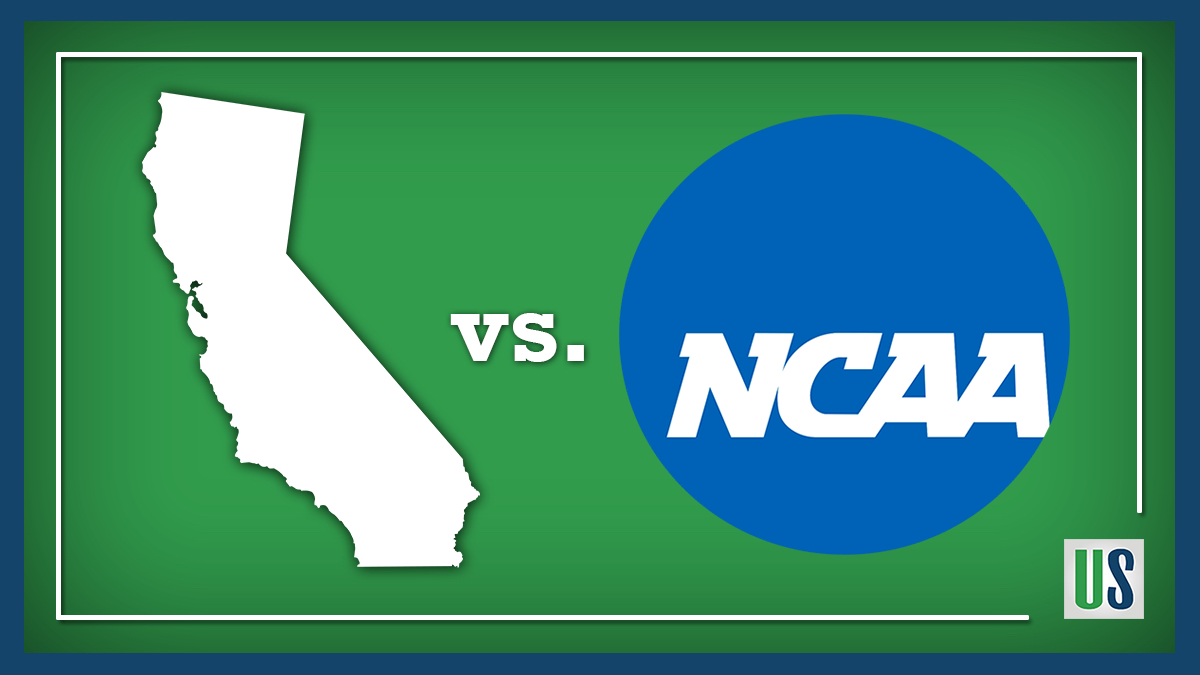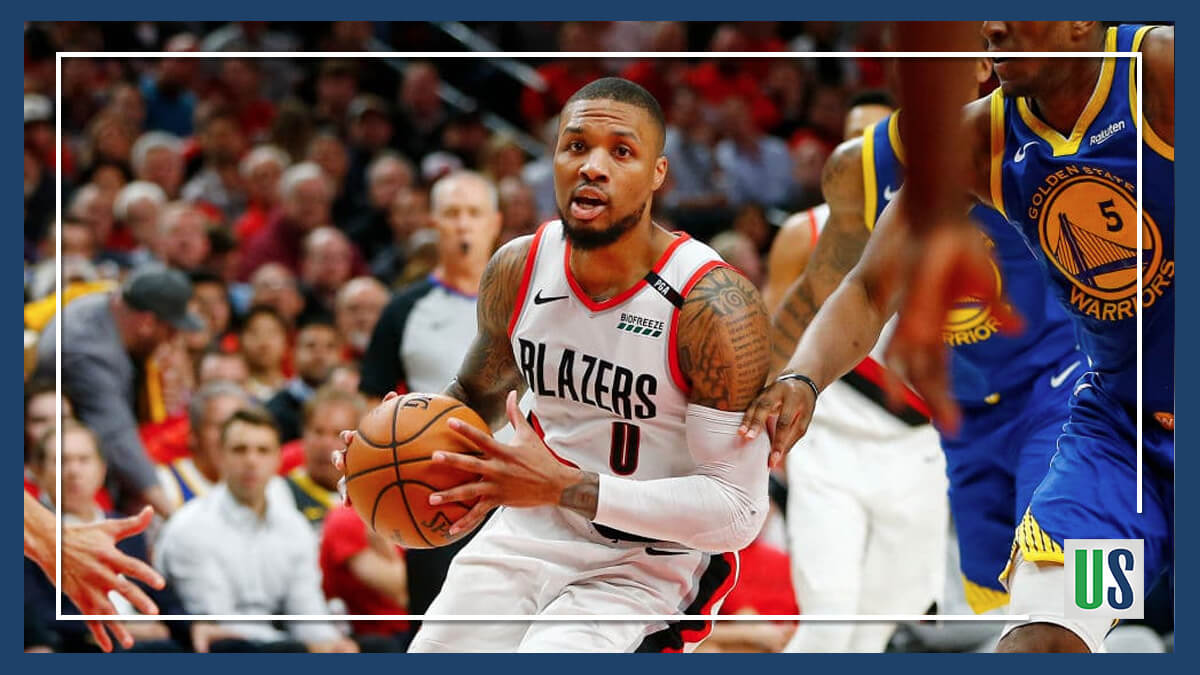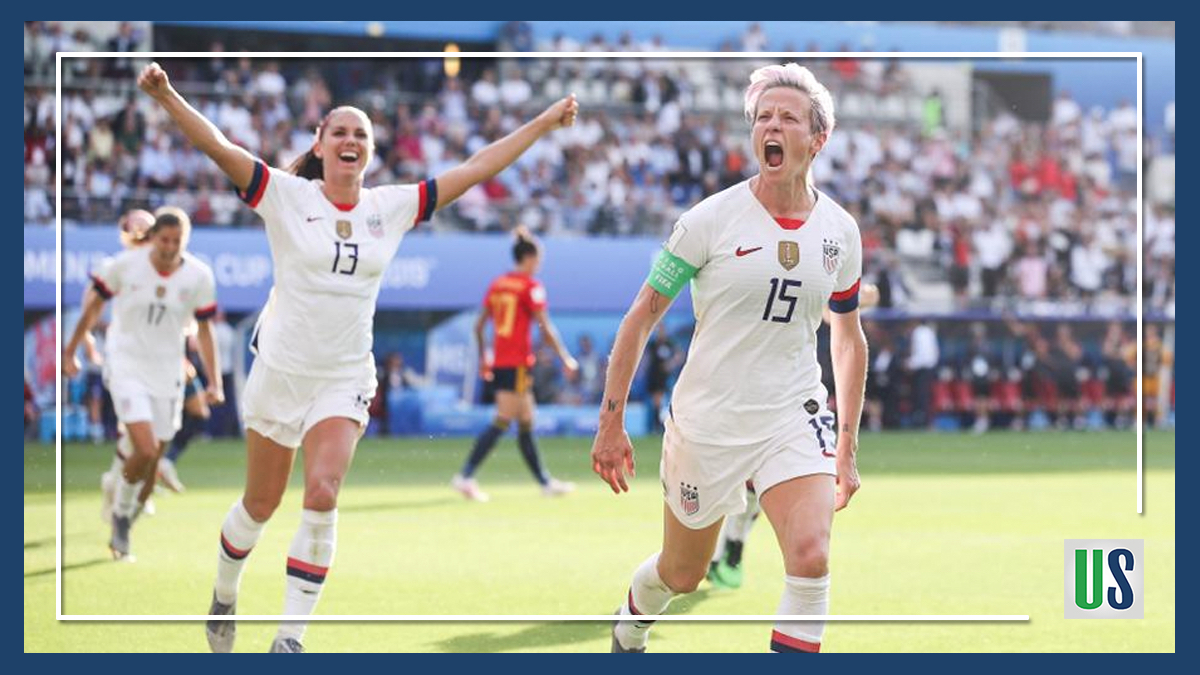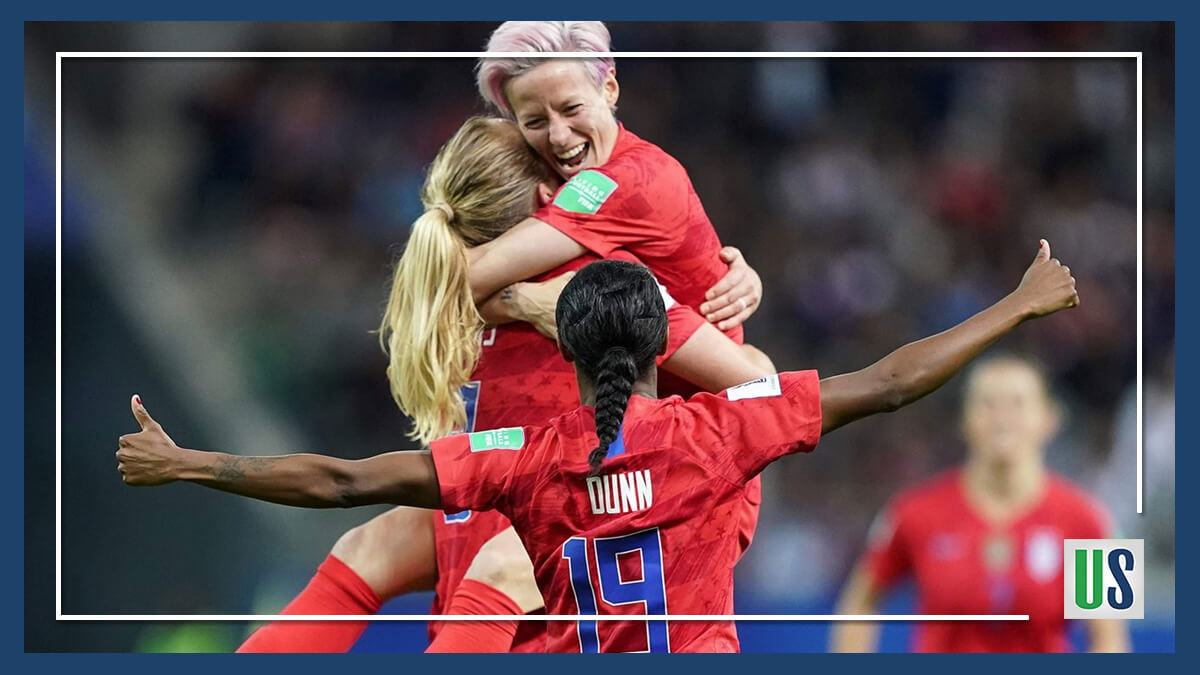The NCAA sent the sports world into a frenzy when they announced their new certification process for sports agents who wish to represent college basketball players. The new rule comes as a part of the recommendations made by the Commission on College Basketball (Commission) last April. After the 2017 college hoops scandal led to an FBI investigation and criminal trial, the NCAA created the Commission to help resolve the problems in college basketball. One of the Commission’s recommendations was that the NCAA allow some college basketball players to enlist the guidance of agents. Accordingly, the NCAA released the process for an agent to become NCAA-certified.
To become an NCAA-certified agent, one must have a bachelors degree, be NBPA certified for at least three consecutive years and in good standing, maintain liability insurance, and submit an application by the appropriate deadline. The requirement that agents have a bachelors degree did not sit well with many in the sports industry. The bachelor degree requirement received instant criticism. LeBron James was at the forefront of the criticism as he viewed the rule as a snub at the success of his friend and agent, Rich Paul. He even dubbed the rule the “Rich Paul Rule.”
Why Would LeBron James Think That the Rule is a Snub at Rich Paul?
Rich Paul is a close friend of LeBron James who later became his agent. Paul does not have a bachelors degree but has been ultra-successful as a basketball agent. He learned the agent business through practical real-world experience. Paul then became an NBPA certified agent and created Klutch Sports. In addition to LeBron James, Paul represents Anthony Davis, Ben Simmons, and a host of other top NBA talent. Given Paul’s client roster it is clear that he has totally disrupted the basketball agent industry. He has become an NBA agent powerhouse. Not only has Paul and Klutch Sports disrupted NBA basketball, but he also ruffled some feathers in college basketball.
Darius Bazley was a top high school basketball prospect who was committed to playing at Syracuse. Bazley ultimately changed his mind and opted not to attend Syracuse and to forego his college eligibility. Instead, Bazely worked out on his own to prepare for the NBA draft. With the help of Rich Paul, Bazley landed an internship with New Balance. Paul helped Bazley garner an internship deal where Bazely received a shoe deal and a guaranteed $1 million.
Once Bazley decided not to attend college many wondered if he would be drafted into the NBA. In June that question was answered when Bazely was drafted in the first round at number 23 by the Oklahoma City Thunder. Paul and Bazley raised a lot of eyebrows with their unconventional newly charted path to the NBA. Given the disruption that Rich Paul has caused in both professional and college basketball, it is very clear why King James thinks the NCAA’s new agent rule is targeting Rich Paul.
Is it Simply Targeting Rich Paul or is the NCAA Seeking to Prevent a Broader Phenomenon?
Changes in College Athletics
Sports fans will never know for sure if the NCAA created the agent certification guidelines with Rich Paul in mind. However, what is known is that change is afoot in college athletics and in professional basketball. One thing that is for sure is that the NCAA and others at the top of the sports industry are threatened by innovators and disruptors like Rich Paul. They have much to gain by ensuring there is a system in place to make it more difficult for future Rich Pauls.
In college athletics, the NCAA’s model is being attacked on all fronts. The NCAA is defending the farce of amateurism in court. Recently, the NCAA was forced to create a working group to address the various federal and state-level bills. The bills seek to allow college athletes to profit from their name, image, and likeness. With the many challenges to the current college sports landscape, the NCAA is willing to do whatever it takes to retain control. Requiring a bachelors degree is one way that the NCAA seeks to accomplish that goal.
Having a College Degree Does not Automatically Equal Quality Representation
Yes, it is true that requiring agents to have a bachelor’s degree is a move to safeguard the players. However, simply having a degree does not automatically make a person qualified to negotiate a sports contract. Nor does it automatically mean that the person will not take advantage of the athlete. Furthermore, classroom education does not beat out real-world experience. Hence, the reason entry-level and recent graduate job postings still ask for one to two years of experience. One thing the bachelor’s degree requirement does is make sure others like Rich Paul have another hurdle to cross.
Lack of a college degree does not automatically equal sub-par representation. The clearest example of that is Rich Paul. Furthermore, the degree requirement could automatically preclude those closest to the athletes and with the athletes’ best interest at heart from representing them. Is that in the athletes’ best interest in all cases? The NCAA should have an option where a certain amount of experience takes the place of the degree requirement just as the NBPA does.
Certainly Benefits Those Already at the Top of the Agent Industry
Paul’s willingness to help athletes go after their goals in their own way has made him attractive to other players. This phenomenon has lead to some disruptions in professional basketball player representation. The most telling example of this is Anthony Davis and his attempt to force his way to the Lakers this past season. Other agents are threatened by Rich Paul. Creating a rule that requires a bachelors degree is a way to make sure disruptors like Rich Paul have a harder time getting started in the business.
The bachelor’s degree requirement puts Rich Paul and similarly situated agents behind because it precludes them from building relationships with college basketball players. While requiring a bachelors degree can help safeguard college basketball players, it is not foolproof. For that reason, it is likely that the rule may have been more about the NCAA and other top sports industry leaders retaining their power than protecting the athletes.

